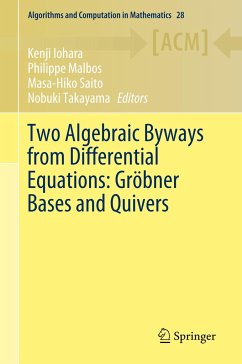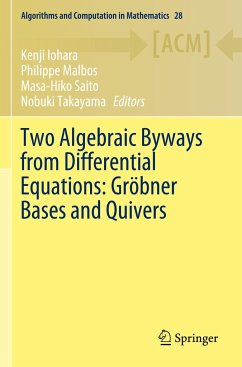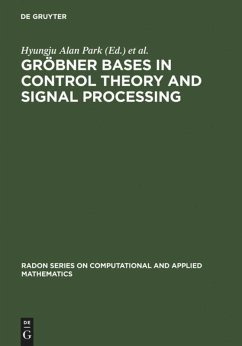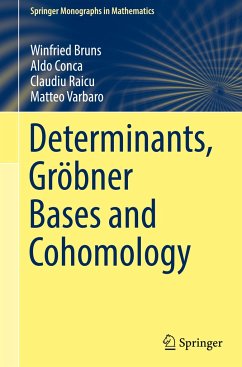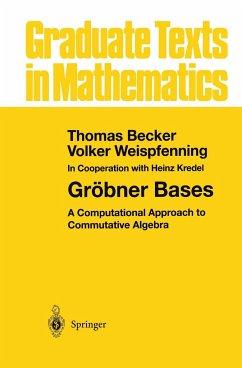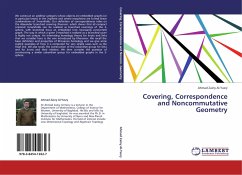
Noncommutative Gröbner bases in Polly Cracker cryptosystems
A step in the direction of constructing a secure probabilistic cryptosystem using noncommutative Gröbner bases
Versandkostenfrei!
Versandfertig in 6-10 Tagen
32,99 €
inkl. MwSt.

PAYBACK Punkte
16 °P sammeln!
We present the noncommutative version of the Polly Cracker cryptosystem, which is more promising than the commutative version. This is partly because many of the ideals in a free (noncommutative) algebra have an infinite Gröbner basis, which can be used as the public key in the cryptosystem. We start with a short brief of the commutative case, which are stated to not provide sufficient security. Further, we see that it is hard to prove that noncommutative ideals have an infinite reduced Gröbner basis for all admissible orders. Nevertheless, in chapter 4 we consider some ideals for which it s...
We present the noncommutative version of the Polly Cracker cryptosystem, which is more promising than the commutative version. This is partly because many of the ideals in a free (noncommutative) algebra have an infinite Gröbner basis, which can be used as the public key in the cryptosystem. We start with a short brief of the commutative case, which are stated to not provide sufficient security. Further, we see that it is hard to prove that noncommutative ideals have an infinite reduced Gröbner basis for all admissible orders. Nevertheless, in chapter 4 we consider some ideals for which it seems infeasible to realize a finite Gröbner basis. These are considered further in a cryptographic setting, and there will be shown that one class of ideals seems more promising than the others with respect to encountering attacks on the cryptosystem. In fact, at the end of this thesis we are proposing a way of constructing a cryptosystem based on this class of ideals, such that any linear algebra attack will not be successful. However, many of the results are on experimental level, so there remains a serious amount of research in order to conclude that we have found a secure cryptosystem.




